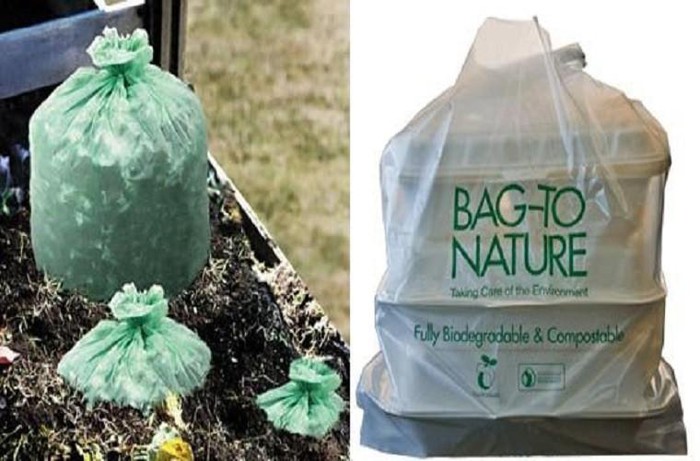How do biodegradable plastic bags degrade in environment?
Define of degradable and bio-degradable plastic
The term ‘degradable’ broadly describes a material which breaks down into smaller pieces or particles, also referred to as a process of degradation.
On the other hand, the term ‘biodegradable’ refers to the process that takes place after degradation. Biodegradation is the consumption of the smaller pieces or particles by micro-organism, resulting in water, carbon dioxide and organic matter.
EPI’s TDPA (EPI), D2W, P-life, Biocom and Reverte are bio-degradable chemical additives that speed up the breakdown of the chemical structure in certain conditions.
These additives do not need a biologically active environment to start degrading. Degradable activity happens even when the plastic is left in the open air.
How do bio-degradable additives work?
The chemical degradation process involves the reaction of very large polymer molecules of plastics, which contain only carbon and hydrogen, with oxygen in the air. This reaction occurs even without additives but at a very slow rate. Chemical additives can make plastic products “oxo-biodegradable” or “oxo-bio” for short.
These additives accelerate this reaction and increase the rate of the degradation by several orders of magnitude. They break down the carbon-carbon bonds in the plastic, leading to a lowering of the molecular weight and eventually to a loss of strength and other properties. Plastic products are degraded into small fragments. Finally, bio-degradation is completed by micro—organism. It can allow totally degraded plastic products to biodegrade within 24 – 36 months, when disposed of in an appropriate environment.
Bio-degradable additives and Environment
The plastic products will degrade and then biodegrade in water, carbon dioxide and biomass. They leave no fragments, no methane and no harmful residues that avoid damage to the environment and wildlife. The environment pollution can be controlled and reduced by using bio-degradable additives.







